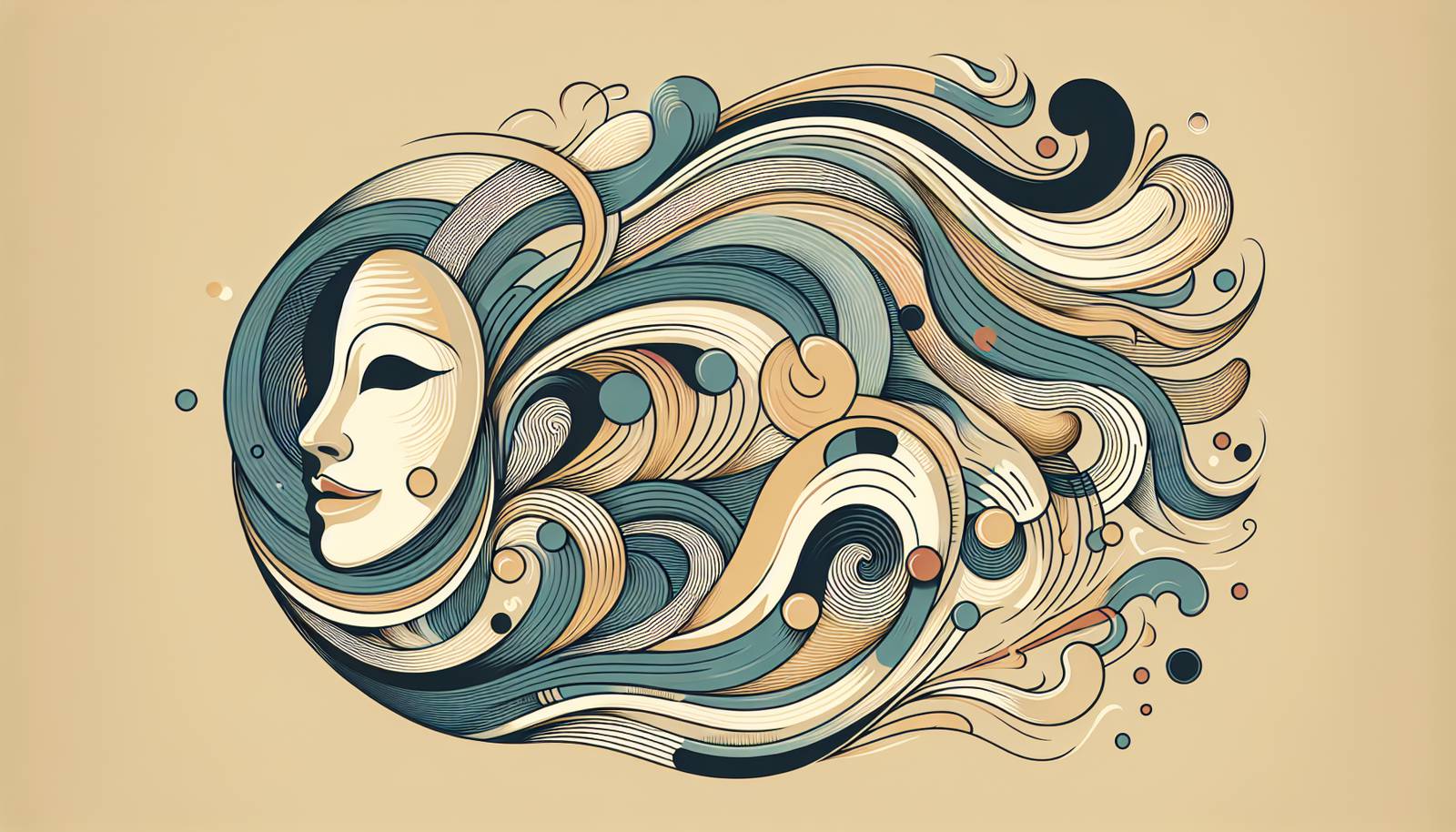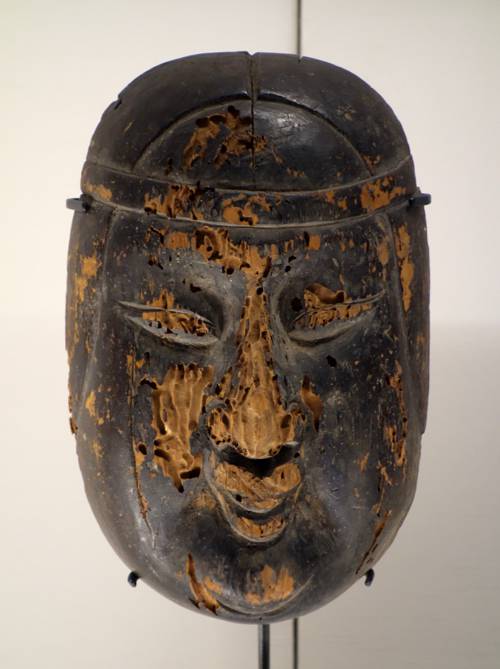
FAQ About The Cultural Evolution of Mask Performance

What is the origin of mask performance in theater?
The origin of mask performance in theater dates back to ancient civilizations such as the Greeks and Romans. In ancient Greece, masks were integral to performances, especially in tragedies and comedies, allowing actors to play multiple roles and convey different emotions. The use of masks was also evident in Roman theater where they were used to amplify the voice and enhance character representation.

How are masks used in cultural rituals?
Masks have a significant place in cultural rituals as they often symbolize spiritual entities, ancestors, or mythical creatures. In many cultures, such as those in Africa and Asia, masks are used in rituals to communicate with spirits, tell stories, and bring blessings or protection to communities. The masks can represent important deities and are believed to possess magical or supernatural properties during rituals.

What role do masks play in festivals?
Masks are an essential component in many cultural festivals, providing a means of storytelling and cultural expression. They are used in festivals around the world, such as the Venetian Carnival in Italy, where elaborate masks are worn to disguise identity and embody cultural traditions. Masks in festivals allow participants to take on new personas and engage in performances that highlight cultural narratives.

How did mask performance evolve in Asian theater?
In Asian theater, masks have played a crucial role in traditional forms such as Japanese Noh and Chinese opera. Noh theater, which dates back to the 14th century, uses masks to portray characters from folklore and literature, focusing on subtlety and expression. Similarly, in Chinese opera, masks and face painting are used to signify different characters and emotional states. Over time, these performances have evolved to blend ancient traditions with contemporary theatrical techniques.

What is the cultural significance of masks in African societies?
In many African societies, masks hold deep cultural significance, often considered sacred and used in spiritual and community rituals. They symbolize a connection between the physical and spiritual worlds, representing ancestors, deities, and animals. Masks are used in ceremonies for social events, rites of passage, and agricultural festivals, serving both as artistic expressions and as tools for social cohesion and spiritual communication.

How do masks aid in character transformation in theater?
Masks in theater are pivotal for character transformation as they allow actors to embody different personas and explore a wide range of emotions. By wearing a mask, actors can step outside themselves and fully immerse into their characters, effectively conveying the story and emotions to the audience. The mask becomes a visual tool that helps portray traits, statuses, or supernatural elements of the character they represent.

What are the different types of masks used in performance art?
There are several types of masks used in performance art, each serving a unique purpose. These include full-face masks, half masks, and neutral masks. Full-face masks cover the entire face and are used to completely transform the actor's identity. Half masks allow for partial expression while accentuating certain features. Neutral masks are used in training actors to focus on movement and physical expression without relying on facial cues.

Which materials are commonly used to make theatrical masks?
Theatrical masks are made from a variety of materials, including wood, paper-mâché, leather, and fabric. Traditional masks often use materials native to the culture or region, such as wood in African masks or clay in certain Asian masks. Contemporary mask-making might include modern materials like plastics or synthetic fabrics, allowing for creative designs and durability.

What is the purpose of masks in Japanese Noh theater?
In Japanese Noh theater, masks serve the purpose of portraying various archetypal characters such as gods, demons, women, and the elderly. The masks are skillfully crafted to convey subtle expressions, allowing the actors to depict a range of emotions and themes through minimal gestures. The use of masks in Noh emphasizes the stylized beauty and ritualistic nature of this ancient theatrical form.

How are masks used in Balinese dance performances?
Masks in Balinese dance performances are used to represent characters from Hindu epics and local folklore. These masks are intricately designed and play a crucial role in conveying the spiritual and moral lessons of the stories presented. In Balinese culture, the performance is not just entertainment but a sacred offering, and the masks help in channeling spiritual energies during these ceremonies.

What are common misconceptions about mask performances?
A common misconception about mask performances is that they are merely about hiding identity or are only used for entertainment. In reality, mask performances have deep cultural, religious, and social significance. They often serve as a medium for storytelling, conveying moral lessons, and connecting with the spiritual realm, reflecting a culture's values and beliefs.

Why are masks important in storytelling?
Masks are important in storytelling because they allow performers to convey complex narratives and emotions visually. They can symbolize different characters, themes, or transformations within a story, often bringing an added layer of depth and understanding. By using masks, storytellers can explore abstract or mythical concepts more effectively as the audience interprets meaning through the visual cues the masks provide.

How does mask performance enhance cultural festivals?
Mask performance enhances cultural festivals by adding a vibrant element of tradition and creativity. It allows participants to celebrate their heritage through artistic expressions while engaging the audience with spectacular visuals and storytelling. These performances often highlight cultural narratives and significant events, serving as a reminder of community values and collective history.

What is the significance of masks in Native American rituals?
In Native American rituals, masks are significant as they are often used in ceremonial dances and spiritual rituals to represent animals, ancestors, and spirits. They play a vital role in storytelling and cultural preservation, allowing participants to embody the spirits they are depicting. These masks are seen as powerful tools for connecting with the spiritual world and are deeply respected within the community.

How does mask performance differ across cultures?
Mask performance differs across cultures in its style, purpose, and symbolism. For instance, in Europe, masks are often used in comedic and tragic theater, while in Africa, they have a more ritualistic and spiritual purpose. Asian cultures might focus on the aesthetic and symbolic aspects of masks. Each culture adapts mask performance to fit their storytelling traditions, religious beliefs, and artistic expressions, showcasing the diversity of human imagination and cultural practice.

What impact has modern technology had on mask performance?
Modern technology has significantly impacted mask performance by introducing new materials and techniques in mask construction, allowing for greater creativity and expression. Digital animations and computer-generated imagery (CGI) have also expanded the possibilities for mask-like visuals in virtual performances. This technological influence enables performances to reach wider audiences and incorporate more dynamic elements into traditional mask art forms.

How are masks utilized in educational and therapeutic settings?
Masks are utilized in educational and therapeutic settings as tools for self-expression, exploration, and healing. In drama therapy, for example, masks allow individuals to explore different aspects of their personality in a safe and controlled environment. Educationally, masks can help students learn about different cultures, theatrical styles, and emotions, fostering creativity and empathy through experiential learning.

What are some famous mask performances in history?
Some famous mask performances in history include the ancient Greek theater, where masks were crucial for storytelling in both tragedies and comedies. The Italian Commedia dell'arte also popularized masks with stock characters like Harlequin and Pierrot. In modern times, Andrew Lloyd Webber's "The Phantom of the Opera" uses a mask as a central symbol, showcasing its continued significance in contemporary theater.

How do masks reflect the cultural identity of a society?
Masks reflect the cultural identity of a society by embodying its myths, values, and artistic styles. They act as a medium through which societies can express their history, beliefs, and spiritual practices. For example, the intricate design and symbolism of an African tribal mask or the delicate craftsmanship of a Japanese Noh mask tell us much about the respective cultures' priorities, norms, and worldviews.

What is the process of making traditional theater masks?
The process of making traditional theater masks involves several meticulous steps, beginning with selecting the appropriate materials, such as wood or clay, and shaping them into the desired form. Artisans then carve or sculpt the details, which may include facial features and symbolic patterns. Finally, the masks are painted or decorated to reflect their intended character or spirit, often requiring a deep understanding of cultural symbolism and artistic skills.
